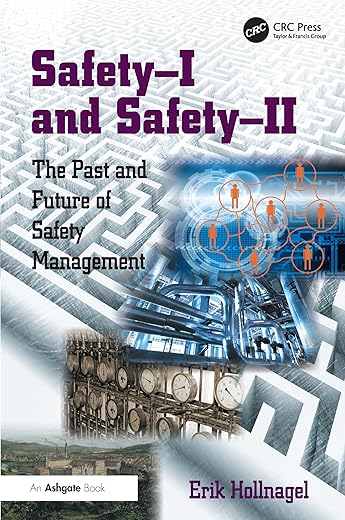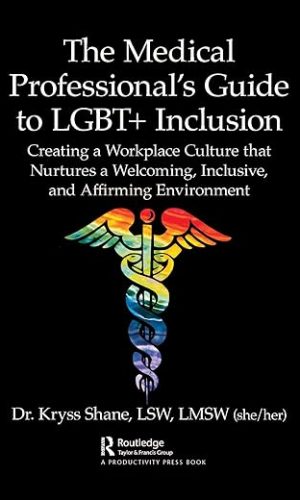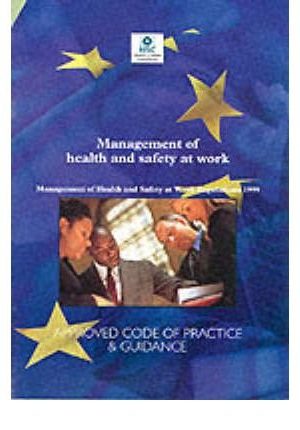Safety-I and Safety-II: The Past and Future of Safety Management
£40.80£44.60 (-9%)
Safety has traditionally been defined as a condition where the number of adverse outcomes was as low as possible (Safety-I). From a Safety-I perspective, the purpose of safety management is to make sure that the number of accidents and incidents is kept as low as possible, or as low as is reasonably practicable. This means that safety management must start from the manifestations of the absence of safety and that – paradoxically – safety is measured by counting the number of cases where it fails rather than by the number of cases where it succeeds. This unavoidably leads to a reactive approach based on responding to what goes wrong or what is identified as a risk – as something that could go wrong. Focusing on what goes right, rather than on what goes wrong, changes the definition of safety from ‘avoiding that something goes wrong’ to ‘ensuring that everything goes right’. More precisely, Safety-II is the ability to succeed under varying conditions, so that the number of intended and acceptable outcomes is as high as possible. From a Safety-II perspective, the purpose of safety management is to ensure that as much as possible goes right, in the sense that everyday work achieves its objectives. This means that safety is managed by what it achieves (successes, things that go right), and that likewise it is measured by counting the number of cases where things go right. In order to do this, safety management cannot only be reactive, it must also be proactive. But it must be proactive with regard to how actions succeed, to everyday acceptable performance, rather than with regard to how they can fail, as traditional risk analysis does. This book analyses and explains the principles behind both approaches and uses this to consider the past and future of safety management practices. The analysis makes use of common examples and cases from domains such as aviation, nuclear power production, process management and health care. The final chapters explain the theoretical and practical consequences of the new perspective on the level of day-to-day operations as well as on the level of strategic management (safety culture). Safety-I and Safety-II is written for all professionals responsible for their organisation’s safety, from strategic planning on the executive level to day-to-day operations in the field. It presents the detailed and tested arguments for a transformation from protective to productive safety management.
Read more
Additional information
| Publisher | 1st edition (28 May 2014), Routledge |
|---|---|
| Language | English |
| Paperback | 200 pages |
| ISBN-10 | 1472423089 |
| ISBN-13 | 978-1472423085 |
| Dimensions | 23.4 x 15.6 x 1.09 cm |










by Nick Wharton
A few good points but overall I think his arguments are a bit thin.
by John Lancs
Must read book
by CC
Andy Evans’ review is absolutely spot on. As a H&S professional for the last 25 years I had great hopes for this book but was disappointed to the extent that I gave it away once I had read it. I completely agree with the basic tenet that effective safety management should be forward looking, proactive and based on making good things happen, rather than backward looking, reactive and negative, and was hoping that Hollnagel would offer some real insights into how to achieve this. Unfortunately 75% of the book is spent berating Safety I in ever more convoluted ways and the remainder offers no compelling vision or strategy for Safety II.
by ARMAND
OK EXCELLENT
by Dr Howard Parkinson
I work in railway safety and I found that this book has made me think about how I do my work. It was quite philosophical in parts but I think that was necessary. I would go as far as to say that this book has altered my direction in the way I view safety and engineering systems in order to achieve safety.
by spb
An extremely worthwhile read for anyone involved in improving safety in high risk organisations.
by Andy Evans
The book starts with an unnecessarily negative tone to the extent that any claim by proponents that I and II are seen as complementary (as in the adjective: combining in such a way as to enhance or emphasize the qualities of each other or another) is rather undermined.
Exaggerating (for effect): If a similar book had been Health-I and Health-II (and who would argue that healthy living and exercise is not better than invasive surgery) then the early chapters would berate surgeons for their backwardness in actually daring to open up patients and actually trying to reactively treat them.
There seems to be an overly dogmatic labelling of all that has gone before as reactive and all that is proposed as the only true form of proactiveness, almost to the extent that use of any knowledge of past events is seen as limited to (old-fashioned) reactiveness.
Some may therefore consider it ironic too that Safety-II (as described) is a reaction to Safety-I…
I had hoped the second half of the book would reward the reader’s persistence with examples of how to learn from success and continuously improve by building on excellence. I was disappointed. But on reflection, as learning is reactive (reacting to information, experiences etc) perhaps an overly dogmatic division of Safety-I from Safety-II limits the ability to articulate such ideas.
It is a pity. It would have been so much better if the emphasis was:
a) Safety-I is minimising the bad and Safety-II is maximising the good
and
b) that its better to work out how to succeed and get even better than to blindly fail and have to recover.
by Vaughan P
Very thoughtful and challenging.